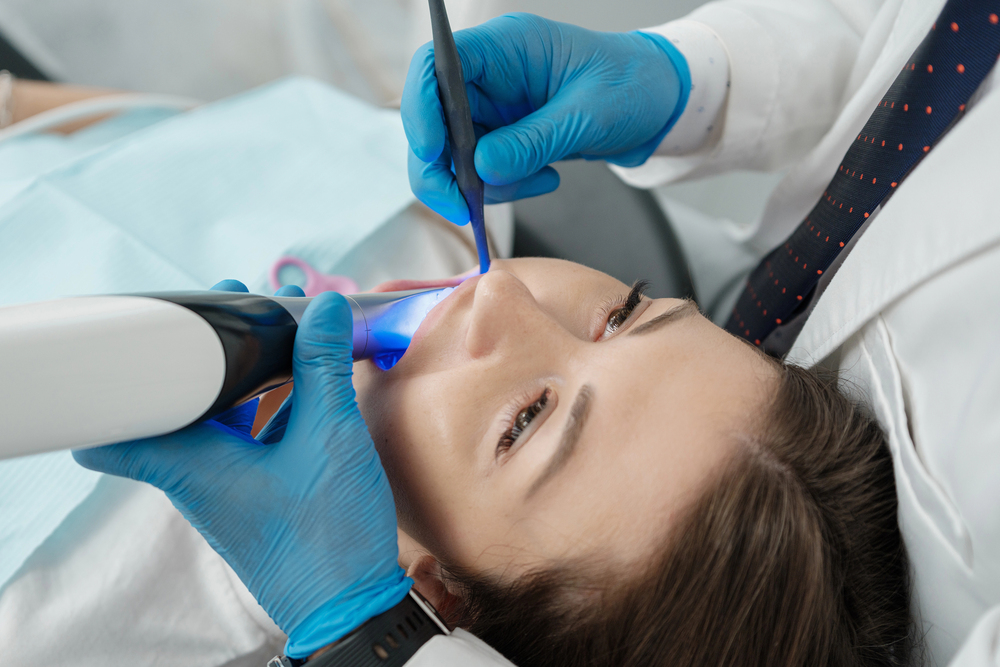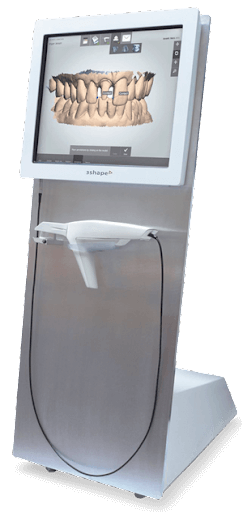Dental professionals constantly seek advancements to improve patient care and procedural accuracy. The adoption of advanced digital tools transforms traditional methods, making processes more efficient and precise. Modern intraoral scanning technology revolutionizes how dentists capture impressions, replacing uncomfortable traditional molds with swift, digital alternatives. These innovative systems offer numerous benefits, including enhanced patient comfort, reduced appointment times, and highly accurate data for restorations. Digital impressions significantly streamline workflows within dental offices, producing superior outcomes.
Laser-Based Intraoral Scanning Technology Explained

Laser-based intraoral scanners utilize focused laser beams to capture precise 3D images of oral structures. These devices emit a light source that reflects off tooth surfaces, allowing integrated sensors to map the contours. The reflected light provides highly detailed data, creating an accurate digital model for various dental applications. This technology typically offers consistent results, making it a reliable choice for dentists performing restorative work or orthodontic treatments. The speed and accuracy of laser scanning significantly improve the impression-taking process for both practitioners and patients.
Confocal Imaging Technology in Modern Scanners
Confocal imaging technology employs a pinhole aperture to block out-of-focus light, producing sharp and clear images of the oral cavity. This method enhances image contrast and resolution, capturing intricate details of tooth anatomy and gum lines. Confocal scanners provide exceptional depth perception, which assists in creating highly accurate digital impressions. Dentists often prefer this technology for complex cases requiring precise margin identification and detailed surface replication. The clarity achieved through confocal imaging significantly contributes to the quality of final restorations.
Blue Light Scanning for High-Precision Dentistry
Blue light scanning technology uses a specific wavelength of blue light to illuminate the oral cavity, enabling precise data capture. This particular light spectrum offers superior reflection properties from tooth surfaces, leading to highly accurate and detailed digital models. Blue light scanners excel at rendering fine details and accurate color information, which assists in shade matching for aesthetic restorations. Dental offices find this technology beneficial for its ability to produce highly consistent and reliable impressions for a wide range of procedures.
Triangulation Technology in Digital Impressions
Triangulation technology in digital impressions calculates the 3D position of points on a surface by measuring angles from two known viewpoints. Scanners using this method project light patterns onto the teeth and then analyze the distortion from different angles. This triangulation process generates a highly accurate three-dimensional representation of the oral structures. Dentists rely on this approach for its robust data acquisition, which ensures precise measurements for custom-made prosthetics and appliances. Triangulation scanners offer a dependable solution for digital impression taking.
Video-Based Scanning for Real-Time Captures
Video-based scanning technology captures continuous video footage of the oral cavity, creating a real-time 3D model as the scanner moves. This method allows for a fluid and dynamic impression-taking process, reducing the need for multiple static captures. The continuous data stream provides a comprehensive overview of the dental arches, which assists in visualizing relationships between teeth. Dental professionals appreciate the efficiency and immediacy that video-based scanners offer, streamlining the workflow for various restorative and orthodontic treatments.
Infrared Scanning for Deep Tissue Visibility
Infrared scanning technology utilizes infrared light to penetrate the surface layers of teeth, offering visibility into deeper tissue structures. This capability allows dentists to detect subsurface issues that might not appear with visible light scanners, such as hidden cracks or demineralization. While primarily used for diagnostic purposes, some systems integrate infrared for enhanced imaging. The ability to see beyond the surface provides valuable information, aiding in more comprehensive treatment planning for patients.
Emerging AI-Powered Scanning Technologies
Emerging AI-powered scanning technologies incorporate artificial intelligence to enhance the accuracy, speed, and analytical capabilities of intraoral scanners. AI algorithms process raw scan data, automatically identifying anatomical landmarks, correcting errors, and refining the digital models. These intelligent systems learn from vast datasets, continuously improving their performance and diagnostic assistance. Dental offices that adopt AI-powered scanners gain access to more sophisticated tools, which elevate the precision and efficiency of their digital workflows.
Advance Your Practice with Next Dental Lab’s High-Accuracy Dental Scanners
Upgrade your dental practice with Next Dental Lab’s cutting-edge solutions, providing superior precision and efficiency. We supply state-of-the-art high-accuracy dental scanners that transform your impression process, ensuring exceptional patient outcomes. Our advanced CAD/CAM dentistry equipment integrates seamlessly into your existing workflow, elevating your restorative capabilities and delivering optimal results for every case. Next Dental Lab empowers your practice with the tools for modern dentistry.

